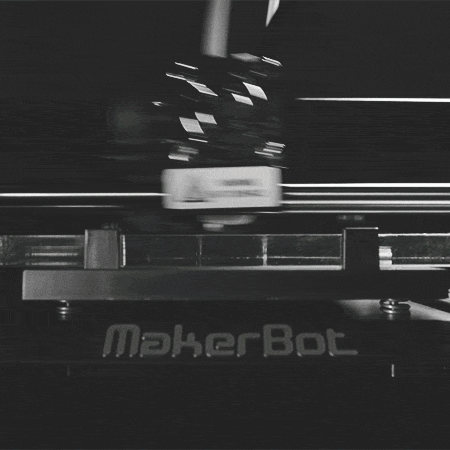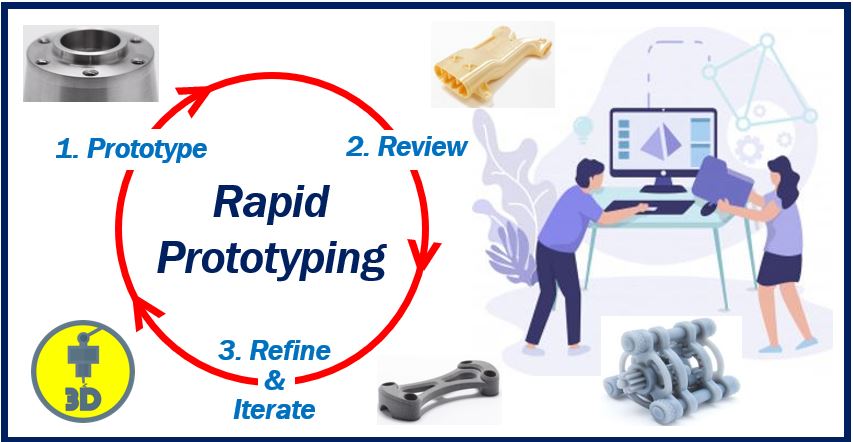
There are many technological innovations which have taken place over the last few years. The rise of artificial intelligence, customised e-commerce platforms and the growing presence of social media are all transforming the ways in which businesses cater to their customers. However, novel in-house production methods are also having a dramatic impact upon the possibilities for success.
Three-dimensional printing is a perfect example of how unique approaches could very well open up a host of new opportunities. What are some of the benefits associated with this production technique? How will businesses begin to leverage 3D technologies? Are there any possible drawbacks that may need to be addressed along the way?

Lowering In-House Costs
One of the many reasons why online businesses fail to enjoy success involves the sheer amount of capital necessary to produce a specific product. This is particularly relevant in terms of bulk manufacturing or when highly precise items need to be created within a short time frame. In the majority of cases, enterprises will be forced to outsource these solutions to third-party firms. This can place a great deal of strain upon a limited budget.
As a result, some budding freelancers will be unable to afford other critical components such as Shopify Plus e-commerce solutions or dedicated marketing campaigns. The good news is that many items can now be created with the help of a 3D printer in a fraction of the time that would otherwise be required. Other possible issues such as transportation costs are likewise eliminated from the equation.
The Growing Importance of Precision

Another massive advantage that is associated with three-dimensional printing involves rapid prototyping. This is important for businesses that provide parts to other firms such as regional distributors.
The ability to quickly create a prototype that meets demanding expectations will help to dramatically shorten production pipelines and as a result, a greater effort can be placed towards product development and client engagement. As 3D printers become even more advanced, they will be able to produce components faster and with a greater degree of accuracy than would have been possible only a handful of years ago.
Are There Any Possible Issues with Production Capabilities?
It is still important to point out that there may be some drawbacks attributed to this production method. Perhaps the most prominent is the fact that only certain materials (substrates) can be used during the production process.
These are limited to examples such as thermpolastics, ABS plastic, titanium, and glass-filled polyamide. Thus, such a method is not suitable for all applications. In the same respect, we are not likely to witness a printer that is able to create everyday textile items such as t-shirts.
It is nonetheless a fact that 3D printing technology has already had a massive impact upon the small business sector. As more freelancers choose to enter into the digital domain, there is no doubt that three-dimensional production methods will gain even more ground in the months and years to come.
Interesting related article: “What is 3D Printing?”

